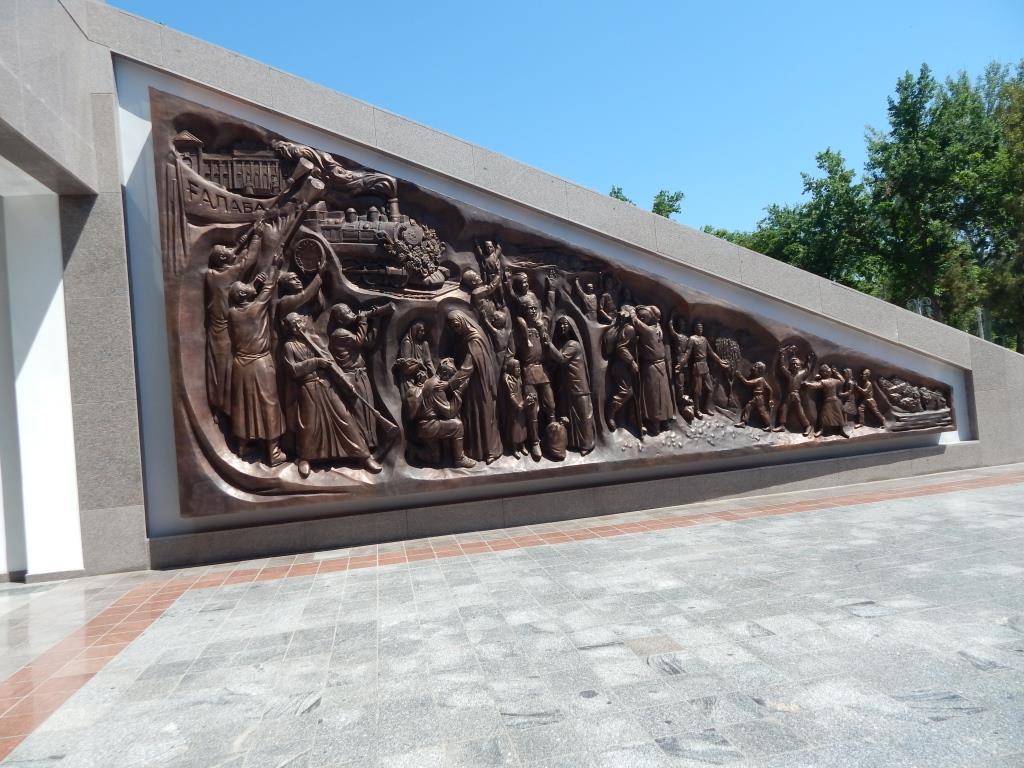
Uzbekistan had become the largest evacuation centre. It took over about a hundred industrial enterprises: Leningrad Textile Machinery Plant, Rostselmash, “Krasniy Aksay”, Sumy Compressor and Dnepropetrovsk Carborundum Plants of “Electro cable”, Stalingrad Chemical Plant, Moscow Plants “Podyomnik”, “Electrostanok”, Aviation Plant named after V. Chkalov and others. In December 1941, 137 enterprises were in Tashkent and 64 of them produced military products. The Uzbek industry provided the front with 2,100 aircrafts, 17,342 aircraft engines, 17,100 mortars, 22 million mines, 560,000 shells, more than 2 million aerial bombs, about 1 million grenades, 330,000 parachutes, 5 armored trains, 18 military ambulance trains, etc.
Uzbekistan saved more than 1.5 million people evacuated here from starvation and death. Among them there were more than 250 thousand orphans of different nationalities, taken out of the besieged Leningrad, Belarus, Poland and Ukraine.
Ctrl + Enter to notify the administration


